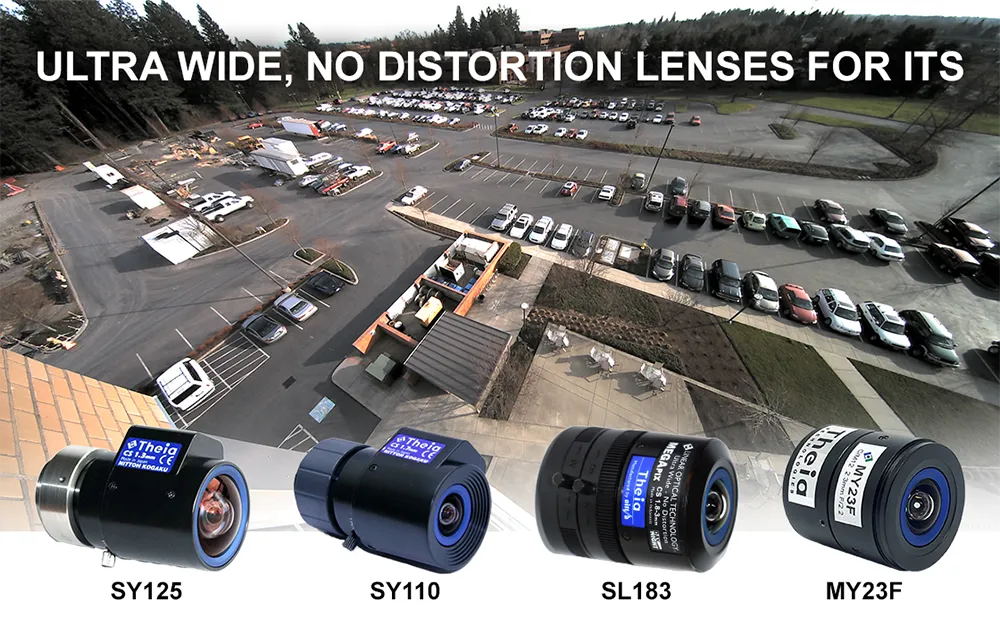The Viscam 1000 developed by vehicle imaging systems and components manufacturer JAI is a high resolution all-in-one imaging system suitable for video tolling, tolling enforcement, congestion charging, red light and speed enforcement, and a wide range of other ITS applications.
The system utilises a JAI-developed five megapixel, 75 fps CMOS monochrome or colour camera with global shutter, paired with a custom-fitted lens providing crisp details across a wide field of view.
Depending on plate styles,
December 4, 2013
Read time: 2 mins

The Viscam 1000 developed by vehicle imaging systems and components manufacturer 78 JAI is a high resolution all-in-one imaging system suitable for video tolling, tolling enforcement, congestion charging, red light and speed enforcement, and a wide range of other ITS applications.
The system utilises a JAI-developed five megapixel, 75 fps CMOS monochrome or colour camera with global shutter, paired with a custom-fitted lens providing crisp details across a wide field of view.
Depending on plate styles, a single Viscam 1000 system provides sufficient pixel resolution (2560 x 2048) to produce readable plate images across multiple traffic lanes, enabling the system to be used for free-flow tolling schemes (and law enforcement applications where vehicles may be changing lanes as they pass through the camera’s field of view.
Featuring a compact weatherproof enclosure, the system is easy to integrate with existing in-road loops or laser triggers and incorporates a built-in video triggering system featuring advanced algorithms to trigger the camera based on changes within the field of view.
The system utilises a JAI-developed five megapixel, 75 fps CMOS monochrome or colour camera with global shutter, paired with a custom-fitted lens providing crisp details across a wide field of view.
Depending on plate styles, a single Viscam 1000 system provides sufficient pixel resolution (2560 x 2048) to produce readable plate images across multiple traffic lanes, enabling the system to be used for free-flow tolling schemes (and law enforcement applications where vehicles may be changing lanes as they pass through the camera’s field of view.
Featuring a compact weatherproof enclosure, the system is easy to integrate with existing in-road loops or laser triggers and incorporates a built-in video triggering system featuring advanced algorithms to trigger the camera based on changes within the field of view.










